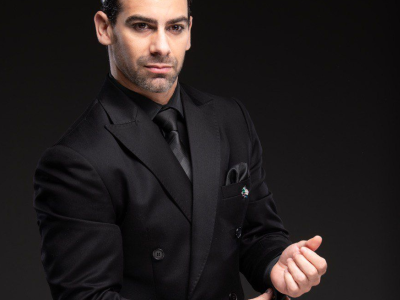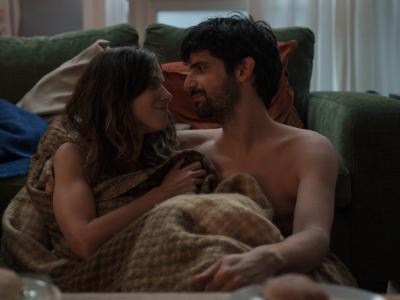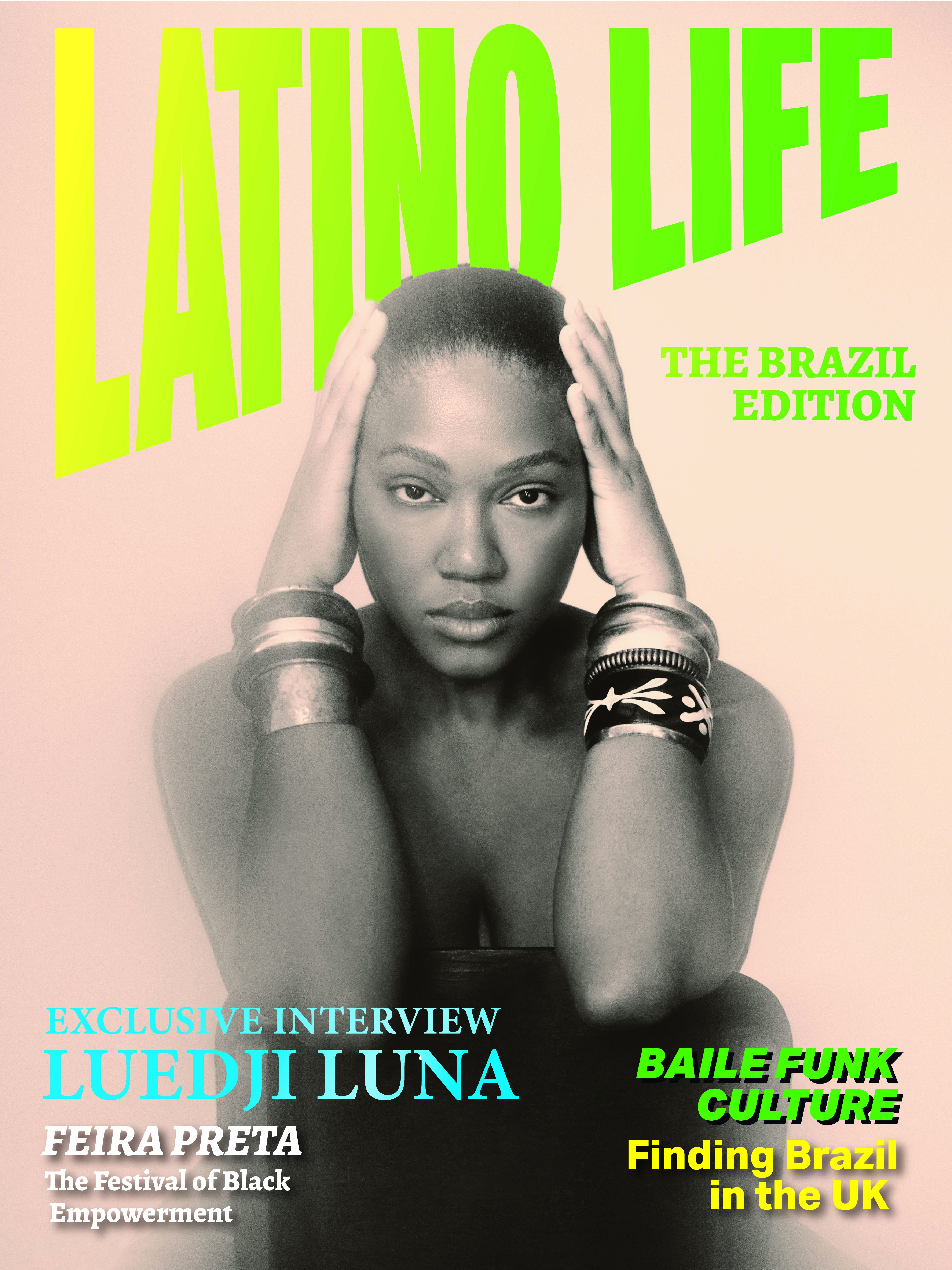Determined to shake up the complacent middle-classes Lorca resolved to: “Return to tragedy… there will be time for comedies and farces”. Garcia Lorca wanted to expose the facile drama that was promoted at the time, complaining that empresarios were dumbing down the true values of dramatic theatre. Lorca felt that only Tragedy could illustrate the deeper complexities of human nature. When the primal forces are gone, all that remains is parched earth. For a man who was critical of the social mores, and the overbearing pressures of Catholic beliefs that haunted his own life, it is ironical that his full name was Federico del Sagrado Corazón de Jesús Garcia Lorca. Lorca achieved fame as a member of a group of artists known as the ‘generation of 27’. Their goal was to pursue new, experimental themes and ways of writing and art, rubbing shoulders with the Surrealists, with whom he identified, being a close friend of Luis Buñuel and Salvador Dali.

Federico Garcia Lorca in Cuba 1930
On the surface, the theme of YERMA is the eponymous protagonist’s despair at not having children. It runs deeper, it is also the result of a loveless match, and the social pressures that have led her to marry the wrong man in a world ruled by patriarchy and the rigid defence of honour. She agreed to marry a man she did not love because it was like a contract, he was to provide her with children in return.
The power in ‘YERMA’ is expressed through its language, and Lorca aptly called it a ‘Tragic poem in Three acts and Six scenes’. Using evocative metaphors, allegorical references, songs and folklore, Yerma’s pain explodes on stage. Off-stage voices harmonize with the words of the characters. Yerma fears that if she remains barren and unable to conceive her ‘blood will turn to poison’, she sings lullabies to her invisible child and to the earth, the most powerful symbol of fertility & mothering, walking barefoot as if trying to make contact with the ground beneath her feet.
Yerma feels tortured by the effortless fertility of others. When she begs an old woman for advice, all she replies is: “I lay there on my back and I began to sing, the children came to me like water AY!” emphasizing that only passion will lead to conception. She is then taunted by the others: “Oh, the dry spouse who has breasts of sand…” to which she replies: “Oh, what pain of imprisoned blood, that brings hornets to sting my neck.”

Nansi Nsue
Her friend embodies the freedom and control over her life that she desires, but her overpowering sense of honour prohibits her from taking the opportunity to find love when the old woman offers her the chance to elope with her passionate son. The growing rumours and gossip that are reaching Juan’s (her husband’s) ears signal the threat of a fall from honour that is so important to him. It starts casting the shadows of what is to come as she begins to understand as she searches for redemption within herself while being spied upon by her own sister-in-law. When Victor (her true love interest) has to leave because her husband has (deliberately) purchased all his flock, she is aware she is losing something of real value and the darkness that overcomes her leads towards the tragic end.
When she decides to take part in the ‘Santería’ ceremony (the Afro-Caribbean religion also known as the Rule of Osha, or Lucumí), the priestess emphasizes that the problem lies not with her but her sterile husband, something she find hard to accept, although she admits she fears he does not give her a child because he does not want them at all. The ceremony begins to awaken her longing for freedom.
Jorge de Juan, the Director, (assisted by the set designer Ángel Haro) employed a fascinating ingredient as a fundamental part of the structure of the stage, the central colourful ‘hammock’. It immediately places the play in a different context to Spain, which, as we later discover, is Cuba.

The hammock acts as a metaphor. The play opens with Yerma emerging from the hammock as if it were from a womb. Then, as people and friends visit it becomes a site for conversations, gossip and even fun, then, ultimately it becomes a shroud. This minimalistic device works beautifully.
The Director Jorge de Juan: -
“I am not sure why, but it was the first image that came to me when I decided to put on this play. Then, from that point I thought about Cuban music. I was reading a book at the time about the period that Lorca spent in Cuba. He spent a few months there in 1930 and was fascinated by Cuba, so when I thought about the music, I suddenly thought, why not do a ‘black’ version of YERMA with a cast of mulattos, blacks and whites, like the rich mixture of cultures that we have in Cuba today. So, I began to develop the idea and that is how the Rule of Osha, (the religious Santería ceremony) came about, instead of the Romería, (or Pilgrimage of the original). The partner of one of the actresses who had seen the play three times said: “Now I don’t know how to imagine this play anywhere else but in Cuba. It is such a good fit!”
It was a huge challenge to find the cast. In particular, a black Spanish speaker capable of taking on the demanding role of Yerma.
 Jorge de Juan
Jorge de Juan
Jorge de Juan: -
“We had to start searching through the internet and agencies for Spanish speakers and suddenly this girl (Nansi Nsue) turned up at one of the auditions. She has family in Equatorial Guinea. It was the first time she would be performing in Spanish and she only wanted a small role, so I had to try to persuade her. Finally, I managed, only 4 days before we started the rehearsals! She was busy on a film and was scared to do it, she was very honest about that. Fortunately, I persuaded her because I could see her potential in the auditions. It was similar story with the English lead (Leila Damilola). Various girls came to the audition but I could see at once that she had the capacity to develop that character. As an actor, that I also am, I told them both that it was a journey they had to face, a decision to take… to know one- and- a- half hours before a show that you will be going on a journey during which you will not even be able to breathe, you will end up shattered, but that is the great joy of an actor, to enjoy the suffering.”
There are subtle differences in the two versions, with inevitable changes of emphasis due to the language, that brings out different aspects of the work. This is always interesting, and I would recommend seeing both versions! The weight of the language affects its delivery. English has a tendency for short single- syllable words, even one important word like ‘Death’ is only a single syllable, in Spanish it is Muer-te, in two syllables, this brings out differing aspects of the poetry changing the feel, the beat of the poetry and the mood in many ways.
In YERMA, Lorca emphasizes the futility of fighting passion for it can lead to death. The whole concept challenges the social mores of the time, the strict sexual conduct and rules of morality and therefore implicating the position of the Catholic church and the repressive traditions in the society. The play caused an uproar at the time as it examines man’s true nature beneath the often-hypocritical veneer of respectability.
YERMA is at the Cervantes Theatre and has been extended due to popular demand in the Spanish version from January 16th - January 26th 2019
Director: Jorge de Juan
Producer: Paula Paz
Set Design: Ángel Haro
Cast:
English: Leila Damilola / Tom Whitelock/ Jazz Brown / Coco Mbassi/ Latanya Peterkin / Christina Ellinas/ Gledys Ibarra/Stephanie da Silva
Spanish: Nansi Nsue/Alan Rodríguez/ Federico Trujillo/ Mayca Estévez/Laura Arnaiz / Jordana Mba / Ana Mosquera/ Gledys Ibarra



















